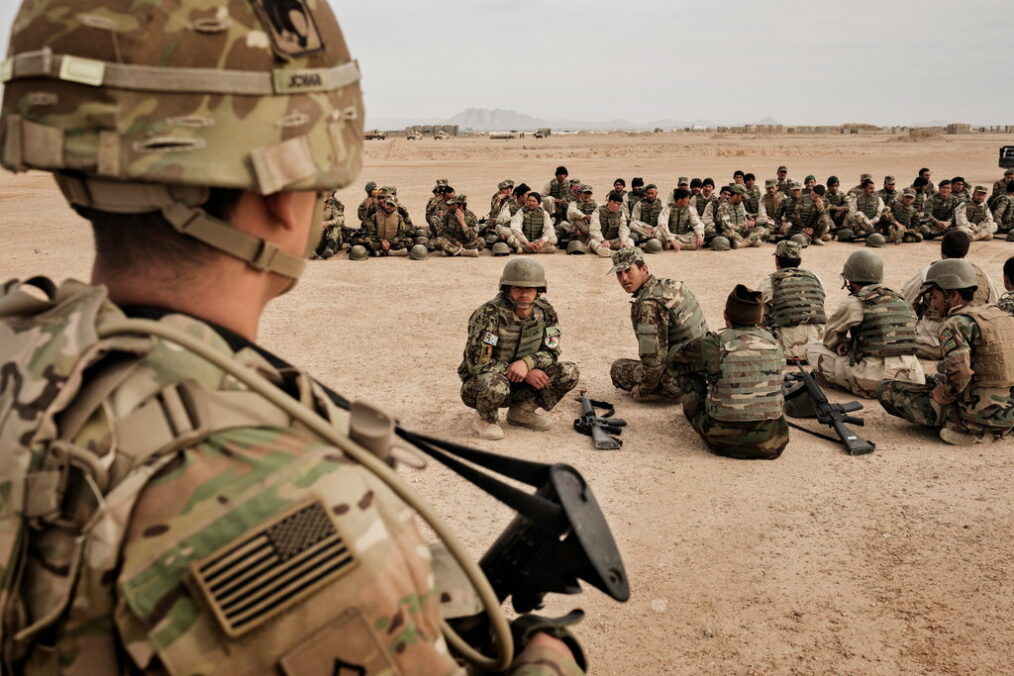The recent agreement between the United States and the Taliban is a significant political development that will undoubtedly shape the future of the country, the region and relations with external stakeholders. However, cracks in the pact began to show only days after its signing.
Retired US Army colonel and former member of the National Security Council, Jeff McCausland, correctly pointed out that, “American troops have been fighting in Afghanistan for nearly as long as direct US involvement in World War I, World War II, Korea and Vietnam combined.” Further, he noted that the Marines sent to Afghanistan recently were not even born on September 11, 2001.
The withdrawal of forces is integral to a successful reelection for President Trump, but this is a difficult task. It is important that the US leaves an impression that they left Afghanistan a better place, but at the same time, in the words of Donald Trump, “Eventually countries have to take care of themselves, (America) can’t be there for another 20 years.”
Afghans are tired of the prolonged conflict; however, fear is ingrained in those who lived through Taliban rule, especially the growing population of women. They still support a US presence in the region and lack faith in their own military capabilities. A poll recently conducted by Rise to Peace found that the majority of respondents support US presence. Thus, there is a growing distance between Afghans who wish for continued US presence and an impatient US government that hopes to bring its troops home as soon as possible.
On the subject of this divide, mounting criticism from many fronts continues to grow against two classified annexes within the US-Taliban agreement. All this occurs while the Afghan government attempts to understand their place in the Afghan peace process and the US public come to terms with the content of the ‘Afghanistan Papers’. This exposé may have been hidden by a media storm focused on other aspects of controversy within US leadership, but criticism of the secret annexes within the US-Taliban peace agreement have not had the same fortune.
It is alleged that the annexes remain secret so that information is not shared with other insurgencies, such as the Islamic State, who claimed responsibility for a recent attack that left 32 dead in Kabul. However, critics believe that annexes give “Trump, or his successor, enormous latitude to simply declare that the war is over and leave.”
The Taliban stand to benefit significantly from US troop withdrawal. Survival of the organization certainly took a hit due to US operations, but a growing divide exists between commanders and foot soldiers too. For instance, Taliban fighters circulated messages of jubilation on messaging application WhatsApp during the early — and unsuccessful — days of US-Taliban negotiations. Junior soldiers believed that peace had been achieved whilst senior leaders knew that they were no closer to signing a peace agreement. The lack of top-down communication was abundantly clear.
The United States continues to spend a substantial amount of money in Afghanistan — approximately $2 trillion US with inflation considered. For context, with inflation considered, this surpasses US spending allocated in the Marshall Plan to rebuild Europe in the post-war years. The Taliban can only match these economic and military initiatives for so long, therefore, it is difficult to predict whether the organization or US public opinion over the war in Afghanistan falters first. Thus, these negotiations serve both sides well.
Serious questions remain: will the already fractured agreement bring lasting peace to Afghanistan? Will the early months of 2020 be remembered similarly to the ceasefire of 2018, a short-lived flutter of hope? If there is one certainty in this agreement it is that the American interests and the Afghan government face an enormous obstacle. As an organization, the Taliban cannot be held responsible for individual actions and attacks. So where does the US draw the line? How will the Afghan government establish itself as a strong counterforce to the Taliban without US support?
Answers can be found in how the US withdraws its troops. In order to fulfill their end of the deal, the US must remove its forces and ensure that the Taliban make good on their promises. At the same time, the US will need to maintain readiness to provide support (financially and militarily) for the Afghan government as they prepare to contend for power with an organization that has survived close to nineteen years of sustained US military operations.


